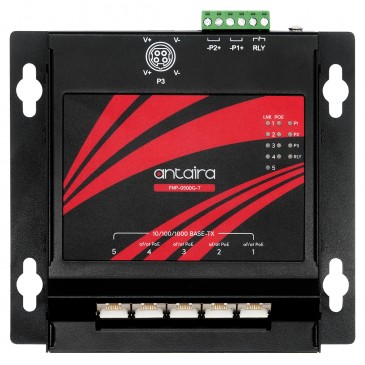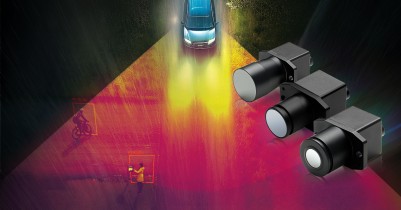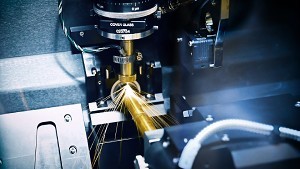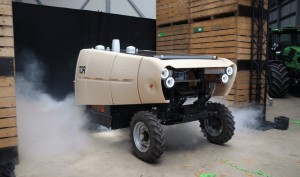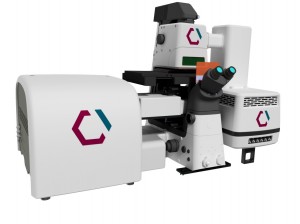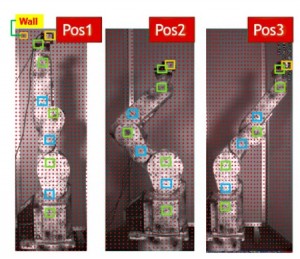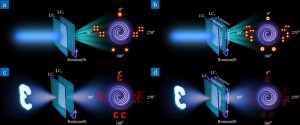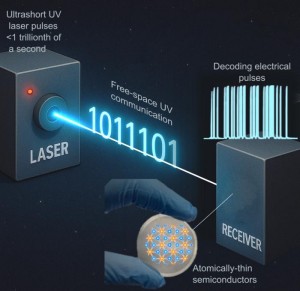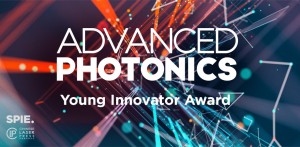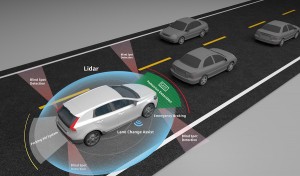
Automotive technology is advancing rapidly, and integrated into today’s cars are features that are bringing us closer to advanced driver assistance system (ADAS). If we look at the six SAE Automation Levels, with zero being no automation and 5 being full, some of today’s cars have level 3 “conditional automation” features and many have level 2 “partial automation features. Today sensors are able to “see” the road, spotting obstacles and responding with messages to the driver or by automatically braking to avoid collisions. And today’s headlights are capable of reacting to the steering and speed of the car, in what is called adaptive headlights, they angle in the direction that the car is moving in.
The lighting technology used in automotive headlights advanced very slowly until recently. The very first vehicle headlights of the 1880s were based on acetylene and oil. Those were replaced in the late 1890s with electric lamps. Fast forward to the 1960s, when the halogen headlight was introduced, followed closely by high-intensity discharge (HID) systems also known as xenon. The next evolutionary step was the LED, which was introduced in 2007, and it brought with it the benefits of lower power consumption, brightness, long life and design flexibility. And now, just 12 years later, the laser is considered the headlight of tomorrow.
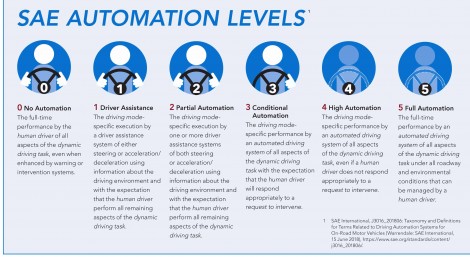
High visibility, directed light
The high visibility and ability to direct light makes lasers an appealing light source in regular automobiles as well as driverless, autonomous vehicles. SLD Laser is a company that sees rich opportunity in laser headlights. The company was founded in 2013, spun out of Soraa, which was an LED lightbulb company. One of its four founders is Dr. Shuji Nakamura, the solid-state lighting pioneer who won the 2014 Nobel Prize in physics for inventing the blue LED.
LaserLight, which was developed by SLD Laser, uses blue laser diodes in combination with a phosphor to create a high lumen density. Once a blue laser activates the phosphor, it creates white light. This light can be put into a fiber optic module and the beam angle controlled with the shape of an optic or reflector. Controlling the light and beam angle is what makes laser technology perfect for autonomous vehicles. Because an autonomous vehicle has sensors that interpret the environment in order to successful navigate its route, being able to control lighting is important.
When implemented into a high beam, LaserLight can deliver further and more accurately. It delivers about 1/3 to ½ the lumens per watt of an LED.
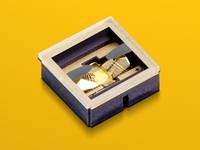
Another advantage of laser lighting is that there can be a projector inside the headlight. In spatially dynamic lighting you can put out a pattern, which could be used with autonomous vehicles to communicate with pedestrians in the road, other cars or other smart-enabled devices both inside and outside the car.
Laserlight has the highest luminance of any light source, or more than 10 times higher than the brightest LED. It also has ten times the range and a beam angle that can be reduced from 8 to 10 degrees down to 1 to 2. One might think that laser light in headlights will create a lighting menace on the road, with drivers being blinded by oncoming traffic. However, just the opposite is true. The way it works is that the high-power laser light shines onto a phosphor in reflection mode. The resulting light is incoherent white light, classified as an LED from a safety and regulatory perspective. Furthermore, by piping the light through fiber optic cables, the light can be delivered only where needed, reducing unwanted light pollution and glare for dynamic automotive headlights.
Smart connected car
Laser light sources can also be used in connected cars for wireless, high-speed, light-based Li-Fi communications. Paul Rudy, SVP BD, Co-Founder, CMO of SLD Laser, said that it can communicate at 8 gigabits per second with 500 lumen white light sources. “The laser itself is fast and we think 10 to 100 gigabits is possible.” It is also possible to pulse the light and get depth coordinates. Rudy explained, “Wherever the light is shining, with a time of flight measurement, you can have lidar or a depth coordinate.” This could be ideal for smart car applications because with laser light in the vehicle for the high beam, you can exchange data with anything with smart sensors such as street lights or other infrastructure.
The future
“We think lighting systems for autonomous technologies need to be optimized for the human eye as well as for machine vision,” Rudy said. SLD laser aims to put light on the road in the way that the detectors will have most capability, for example being able to pulse light in patterns and have a machine look at those. There may be portions of the spectra that are not necessarily needed by the human eye, but which may be optimal for the machine’s sensor, Rudy said. Then there are environmental considerations, such as fog, rain or ice on the road, where spectral sensor detectors can look at different parts of the scene and intentionally illuminate those portions in different ways. “There are several different knobs we can turn with LaserLight,” Rudy said.
As autonomous vehicles take to the road, communications ability of lighting systems will be increasingly important to maximize safety. Rudy pointed out that the ability to display information through the lighting system will minimize surprises. Data exchange or flashing messages to pedestrians or oncoming traffic is all possible. Plus, as Rudy noted, with the cars driving themselves, the people inside will need something to do and “having lights that aid in data exchange is going to be important.”
Written by Anne Fischer, Managing Editor, Novus Light Technologies Today






























 Back to Features
Back to Features